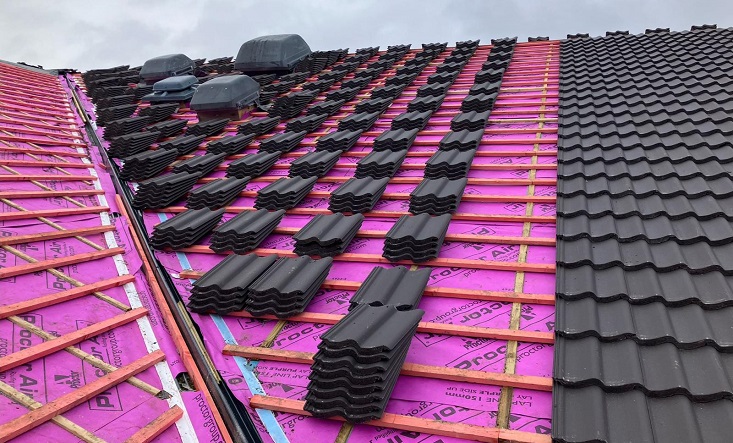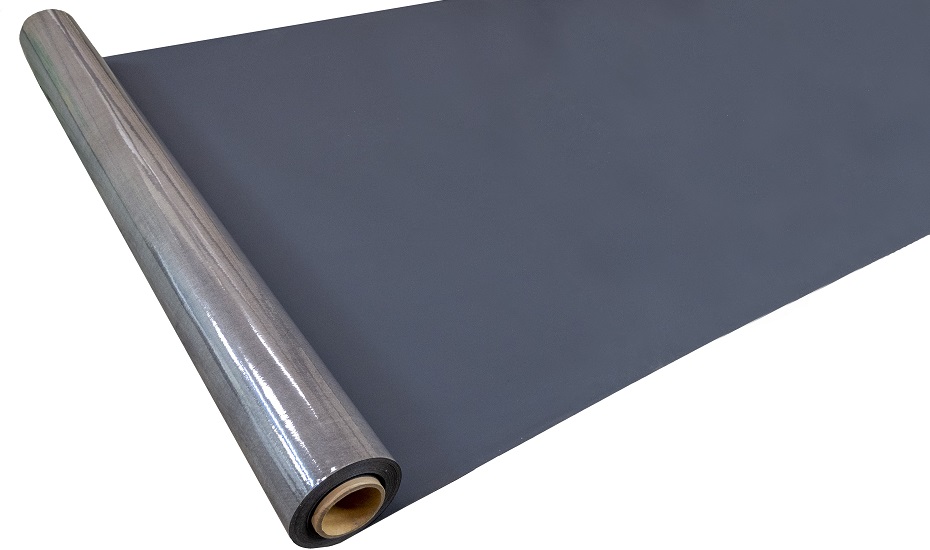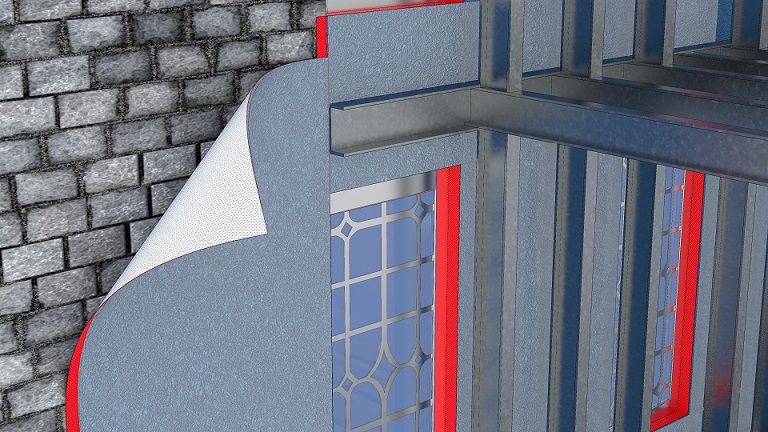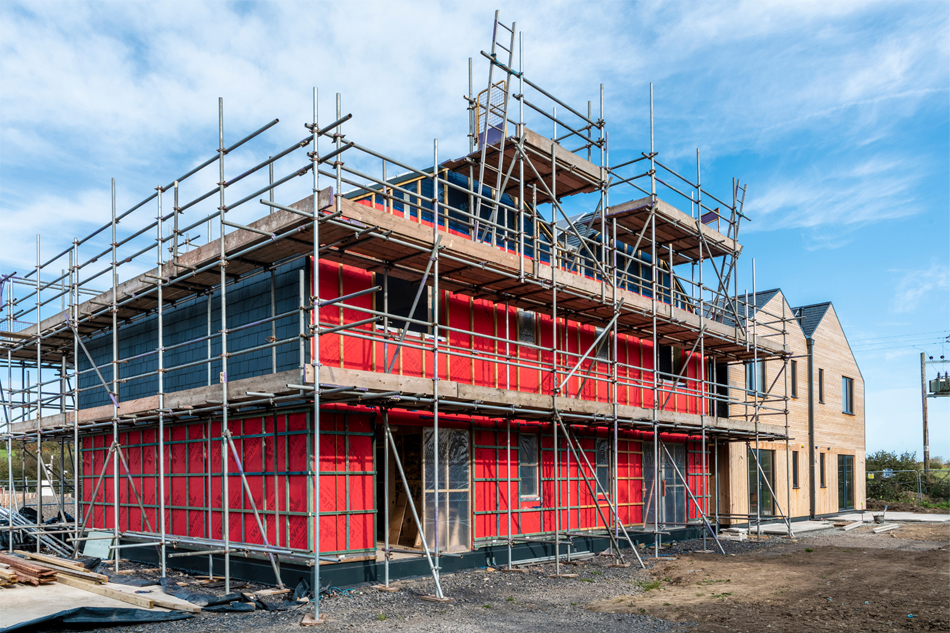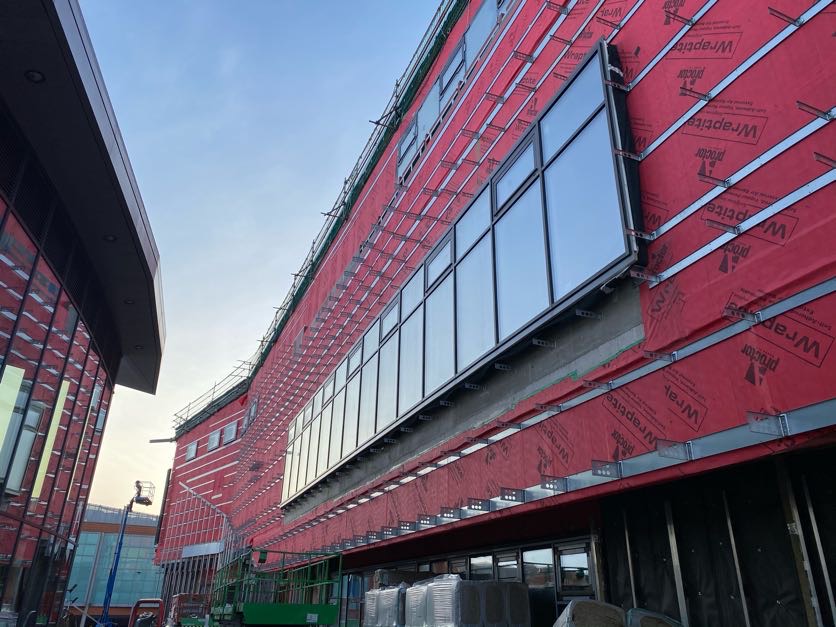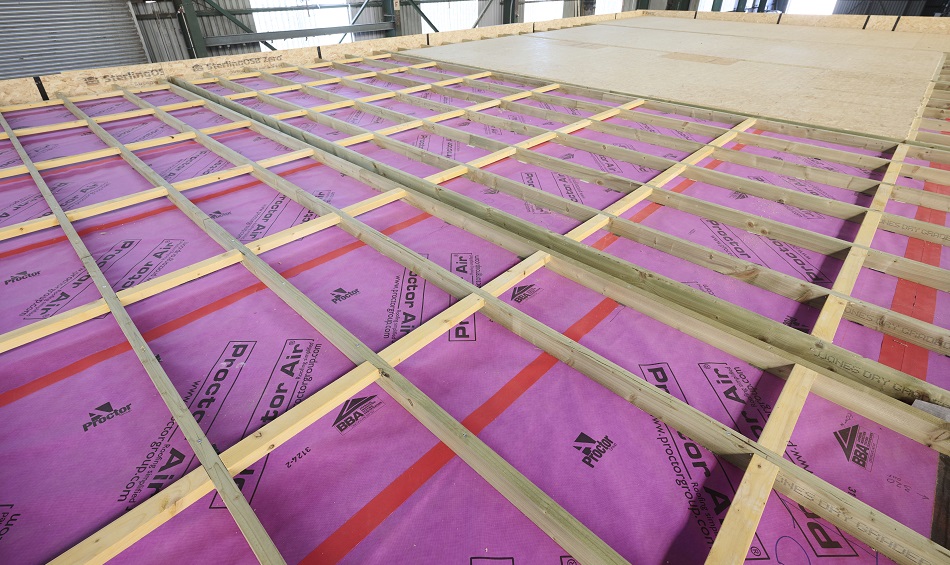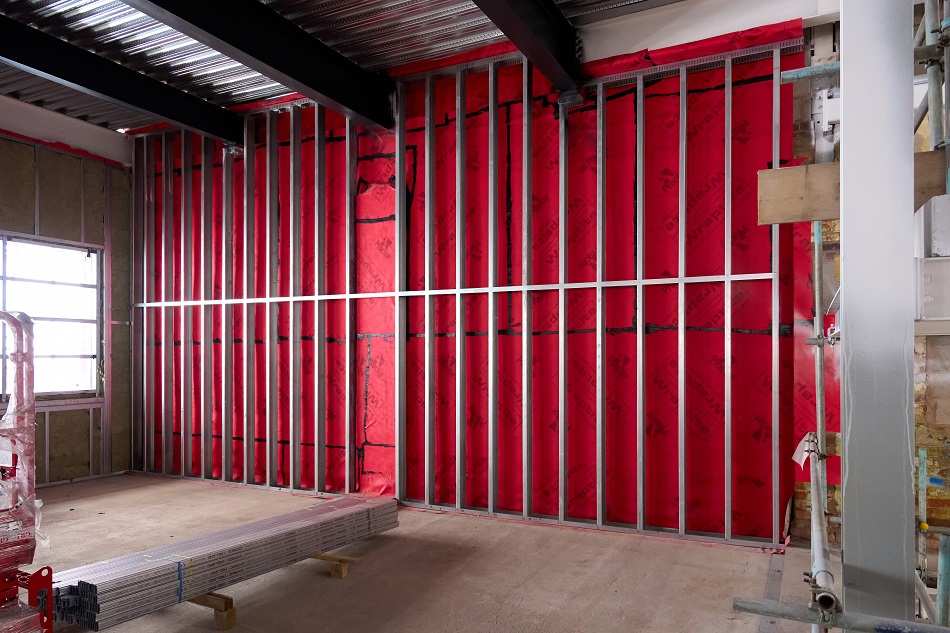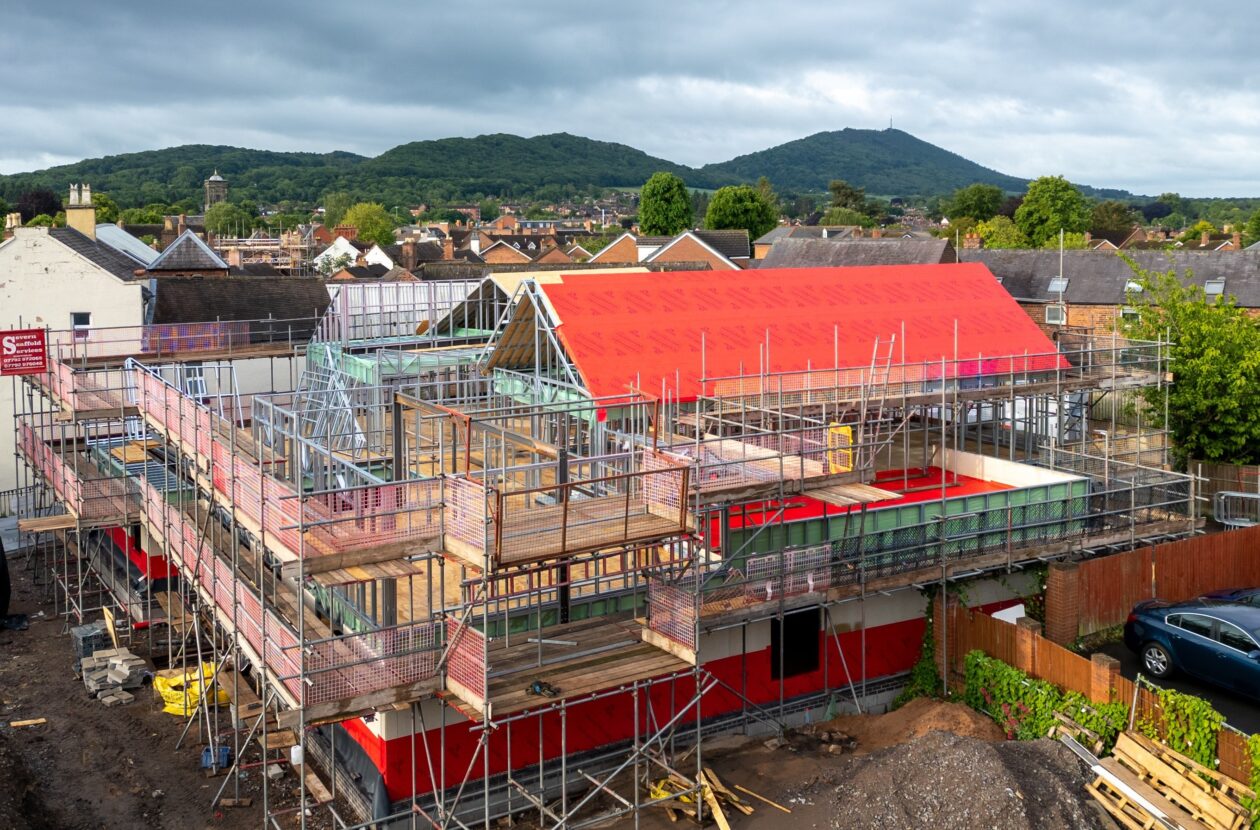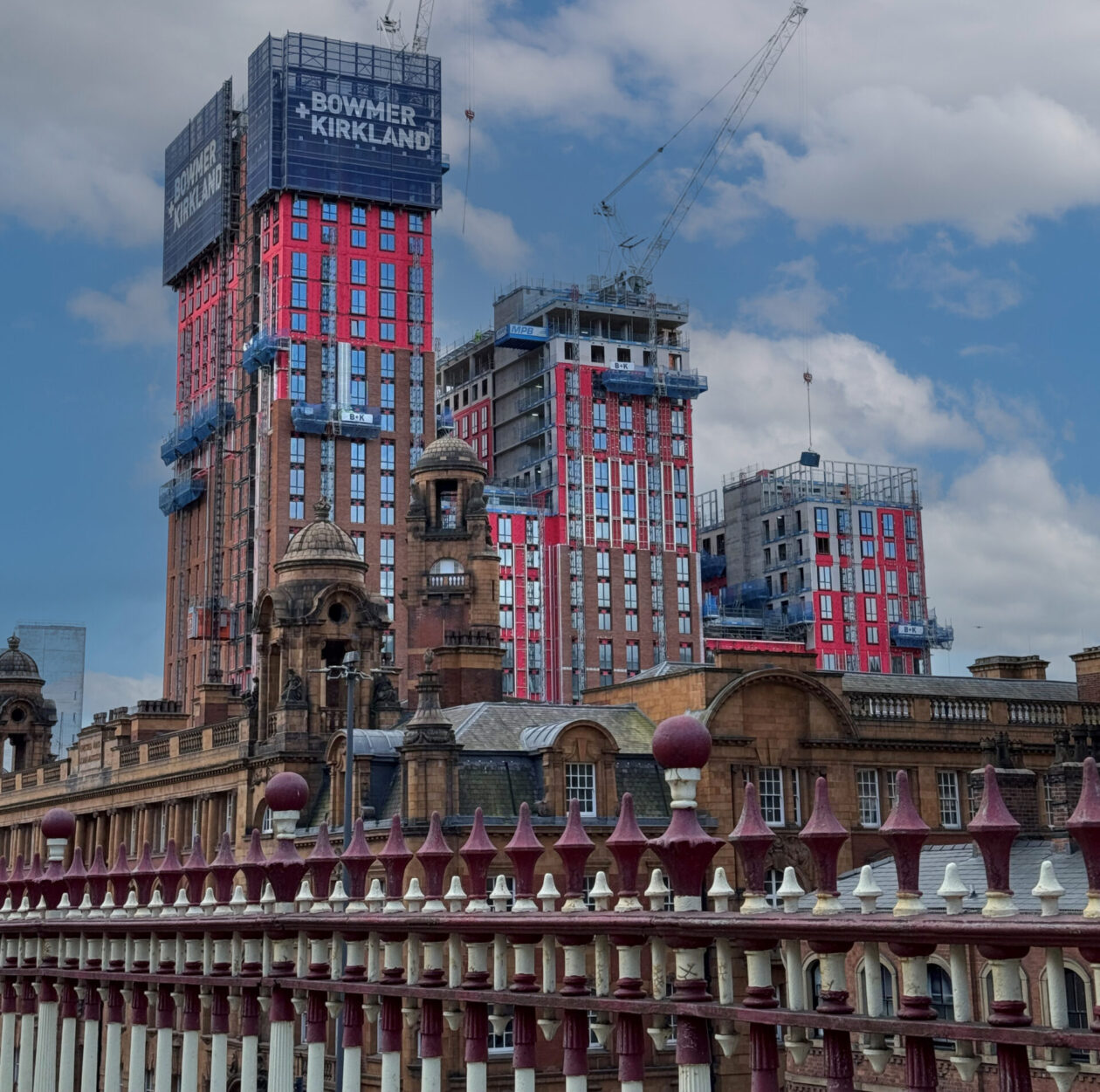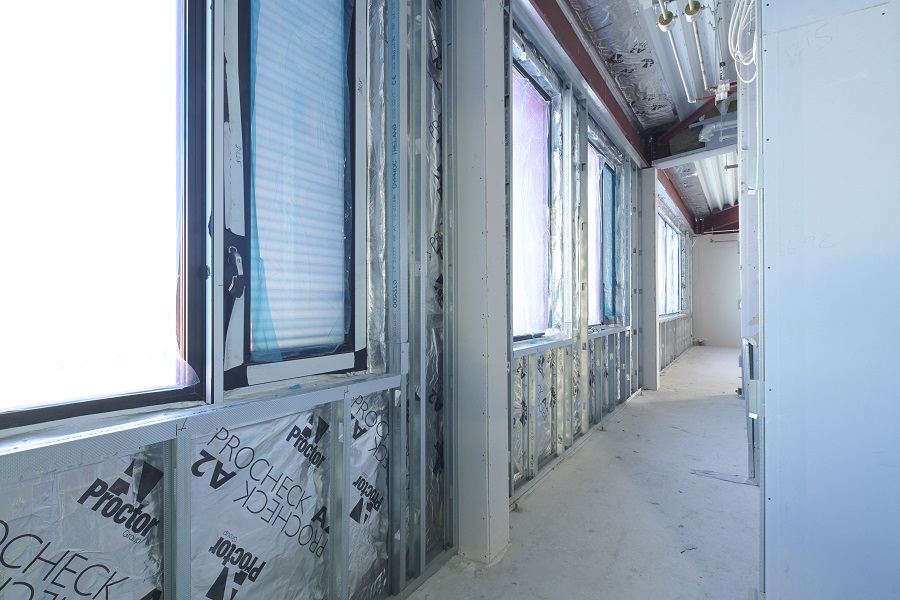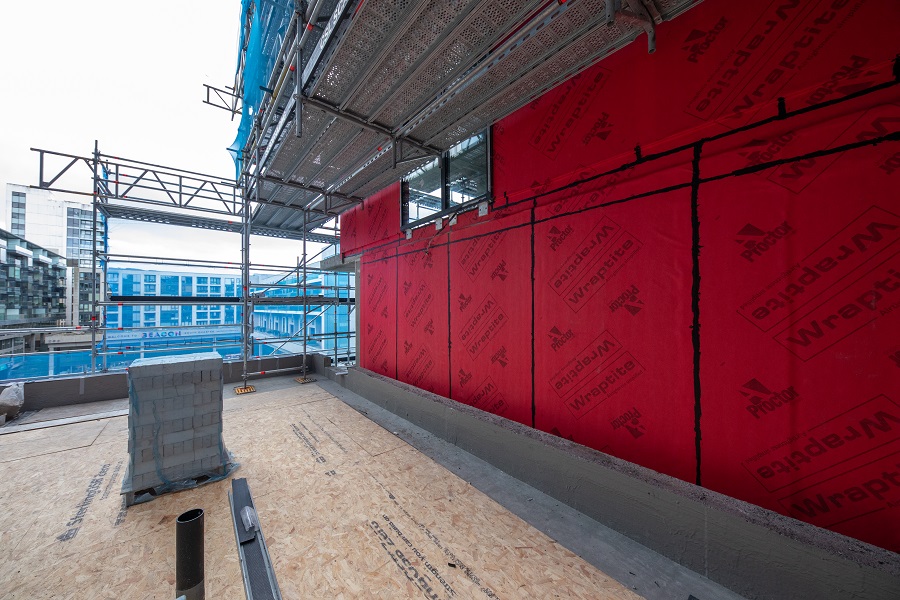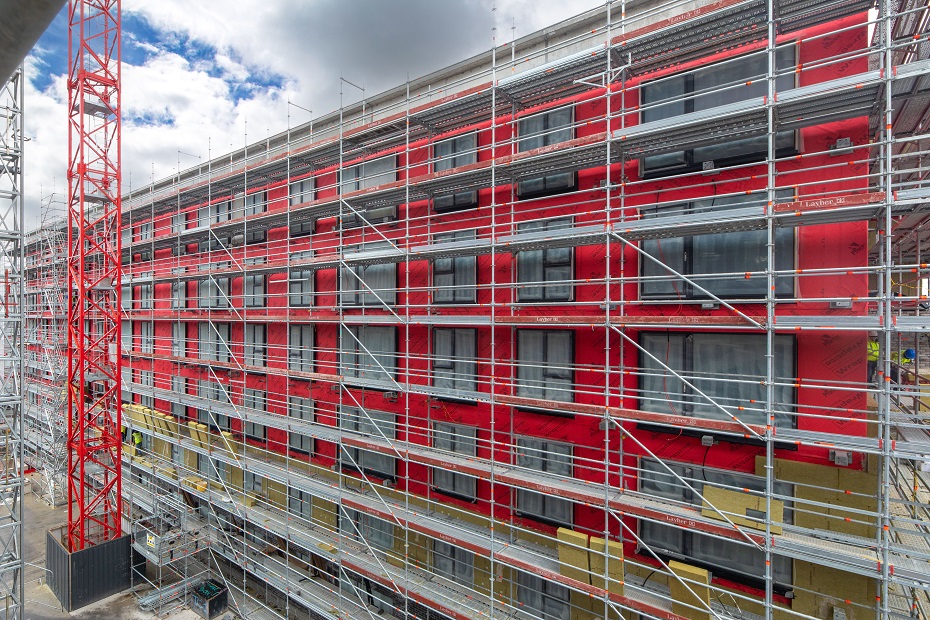With legally binding net zero targets to achieve, addressing the performance gap in energy efficiency should be a high priority. Yet both behavioural and regulatory change in this area is painfully slow.
In March 2024, the A. Proctor Group hosted a round table event discussing the performance gap. The contributors were: Tom Cox (Construction Solution Director, Saint-Gobain UK&I), Iain Fairnington (Technical Director, A. Proctor Group Ltd), Stewart Little (CEO, IRT Surveys Ltd), and Raymond McGurk (CEO, BRS Group).
The title of the discussion was ‘Design-Build-Test’, acknowledging that building performance must be addressed across all three areas if the construction industry is to make meaningful progress in closing the performance gap.
We have the tools to calculate and predict energy use and carbon emissions in the design and construction phases. There are also ways to measure and quantify the performance of buildings in use. The ‘test’ element, however, is rarely carried out – even though it could be considered the most important.
Using Holistic Thinking to Close the Distance Between Drawing Board and Site
A common theme in the careers of all the round table contributors is having seen the construction industry from a variety of angles. Such wide-ranging experience led to an equally wide-ranging discussion, and one which was well-informed on performance gaps in energy efficiency.
Both Iain Fairnington and Stewart Little spoke about the contrasting attitudes they encountered in design roles, working for manufacturers, and spending time on site. Starting their careers, they questioned what they saw on site compared to the design drawings, only to essentially be told: “Don’t be silly, we don’t have time to do it like that. Just get it done.”
And from a manufacturing perspective, they have learnt two key things when offering products to the market: first, selling a specification is relatively easy, but seeing the specification maintained in the final build is not; and second, describing a product as ‘foolproof ’ is risky, because if there’s a wrong way to install something then someone will do it.
In Tom Cox’s longstanding career with a single manufacturer, he has seen his role change as energy efficiency regulations have changed. An initial focus on the performance of individual components quickly morphed into developing solutions based on a combination of components to deliver elemental U-values.
He now looks at how those solutions and systems can be combined to deliver building-level performance that is focused on the end user. Such holistic thinking is where the construction industry should be, but isn’t yet – highlighting further the distance we see between what is designed and specified, and what is built.
The Construction Industry Also Does Things Well
We perhaps shouldn’t be surprised that construction industry professionals don’t want to be told if their work hasn’t delivered the intended good result. The downside to such a culture of avoidance is that it means the industry as a whole is missing out on opportunities to learn.
With forty years of experience spanning all stages of the design and construction process, Raymond McGurk was keen to emphasise that the industry isn’t all bad. But in the same way that problems are rarely identified, there is also a lack of celebration when something is done well.
The only way that both ends of the spectrum can have more influence on our industry’s day-to-day work is through more monitoring and feedback. Without it, developments will continue to meet energy efficiency requirements on paper, but those calculations won’t reflect the end use of the building.
The process of designing and constructing a building is inherently complex. At times, it can seem like an achievement that anything gets built at all.
As such, performance gaps – in any area, but particularly in energy efficiency – are also a complex issue. They don’t have one single cause; nor do they have one single solution. But that doesn’t mean we shouldn’t try to do better, so that we have more reason to celebrate successful projects, more often.
Explore this topic further by viewing the full round table event on our YouTube channel.
Request a Sample
Technical Advice
CAD Detail Review
U-Value Calculation
Book a CPD
Specification Check

